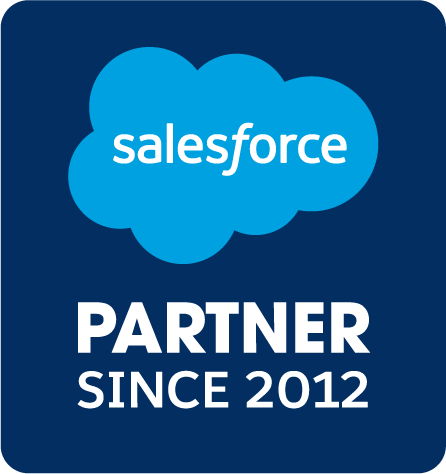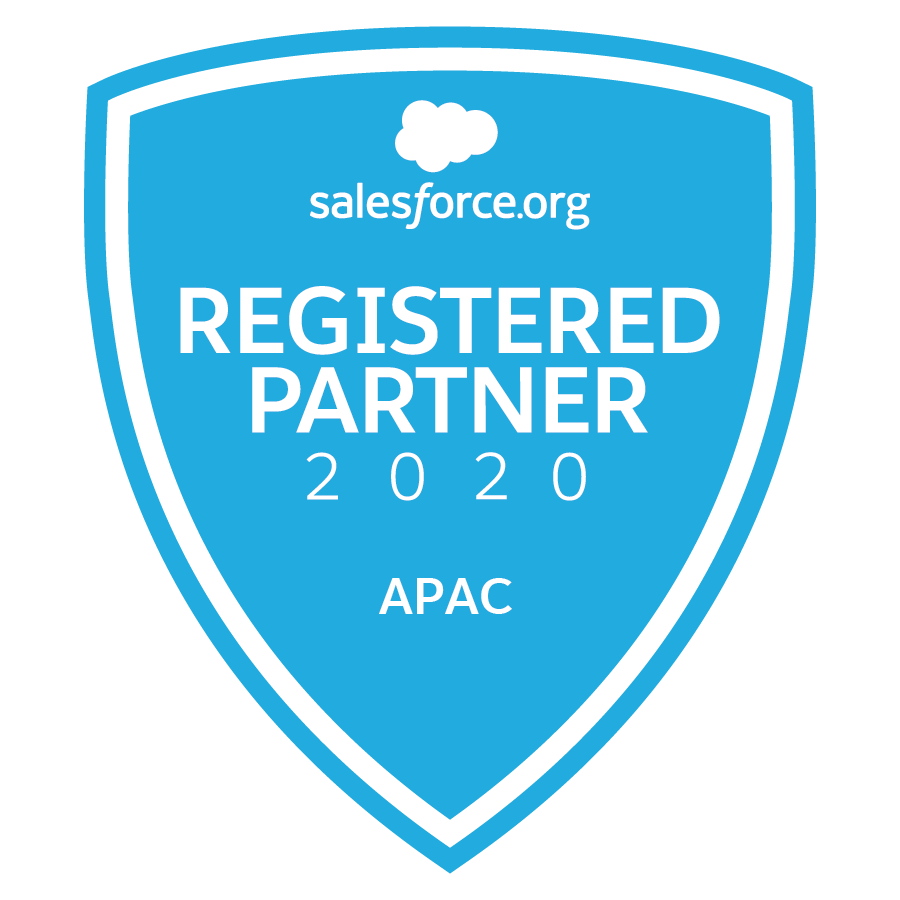Our brains make thousands of decisions every day so it’s safe to say a lot of those are on autopilot; things just ‘happen’ without any conscious thought. This is lucky as it’s often hard to admit to ourselves that we have some bad decision making habits. What’s even harder is isolating what those bad habits might be. The key is our ability to recognise our conscious and subconscious behaviours.
But let’s be real here for a minute.
You don’t just ‘accidentally’ make a decision to pivot your business model in order to adapt to a given situation. Instead we use both conscious and subconscious processes that control every action we take. This process is called the Behaviour Chain which says that all decisions are made based on habits, potentially driven by an autopilot, decision making behaviour chain. Regardless of which habit you default too, all habits start with one thing in common, a trigger. These can be either emotional, mental, environmental, biological, or social.
Let’s use as an example a restaurant who begins offering a delivery service because the government has implemented restrictions. You drive to work and hear the updates regarding the pandemic restrictions on the radio, an environmental trigger. Then you get to work to implement a marketing strategy you’ve refined but your colleagues want to change the game plan. They argue it’s a better fit for right now in light of what is going on in the world – hello social trigger. Finally, you’ve had a terrible day and are completely worn out because the new strategy is a flop. Welcome home to your very own mental and emotional triggers.
Each of these triggers produce thoughts, which in turn lead to actions.
As we all know, thoughts can be great, or equally not so great. They can say things like, “my colleagues have a great idea about a new marketing strategy“. Given we’re social creatures, this could lead to the not so great action of implementing the new strategy, perhaps at the expense of the original proven strategy, just so you can be a team player and take the risk your colleagues are pressing for.
If triggers produce thoughts and thoughts lead to actions, then you guessed it… all actions have consequences.
These will fall into four categories: physical, physiological, psychological or emotional. In our marketing strategy example, the consequences would likely be:
- It was great the team contributed a new idea (physiological)
- I’ve used all my marketing budget (physical)
- Wondering ‘why did I do that?’ (psychological)
- Feeling disappointed or guilty at the result (emotional)
Now that you’re actively considering your personal behaviour chain and triggers, here’s a task for all the business leaders out there: pick a decision making habit you’d like to refine or potentially break. Next, ask yourself what you think about before making a decision?
For example, my decision making habit is ‘emotionally buying into the ideas of others at the expense of tried and tested ideas’. What I think about before making that decision is, ‘how good it feels to be part of a team which generates ideas together’.
Have you picked your habit? Great, there’s your first behaviour chain. The good news is that now you’re one step closer to either identifying the opportunity for a positive outcome utilising the existing behaviour chain, or you can begin working on how to completely break a bad habit in your decision making process.
By understanding your habits around your decision making, you know what to look out for.
I’ll save the details on how to break a bad habit for later but, for now it’s over to you to start identifying your not-so-great decision making habits. By acknowledging them now, when you’re ready to break or change them, they’ll be listed out clearly, ready to be crossed off the to-do list so you can focus on innovating your business and kicking some growth focused goals.






